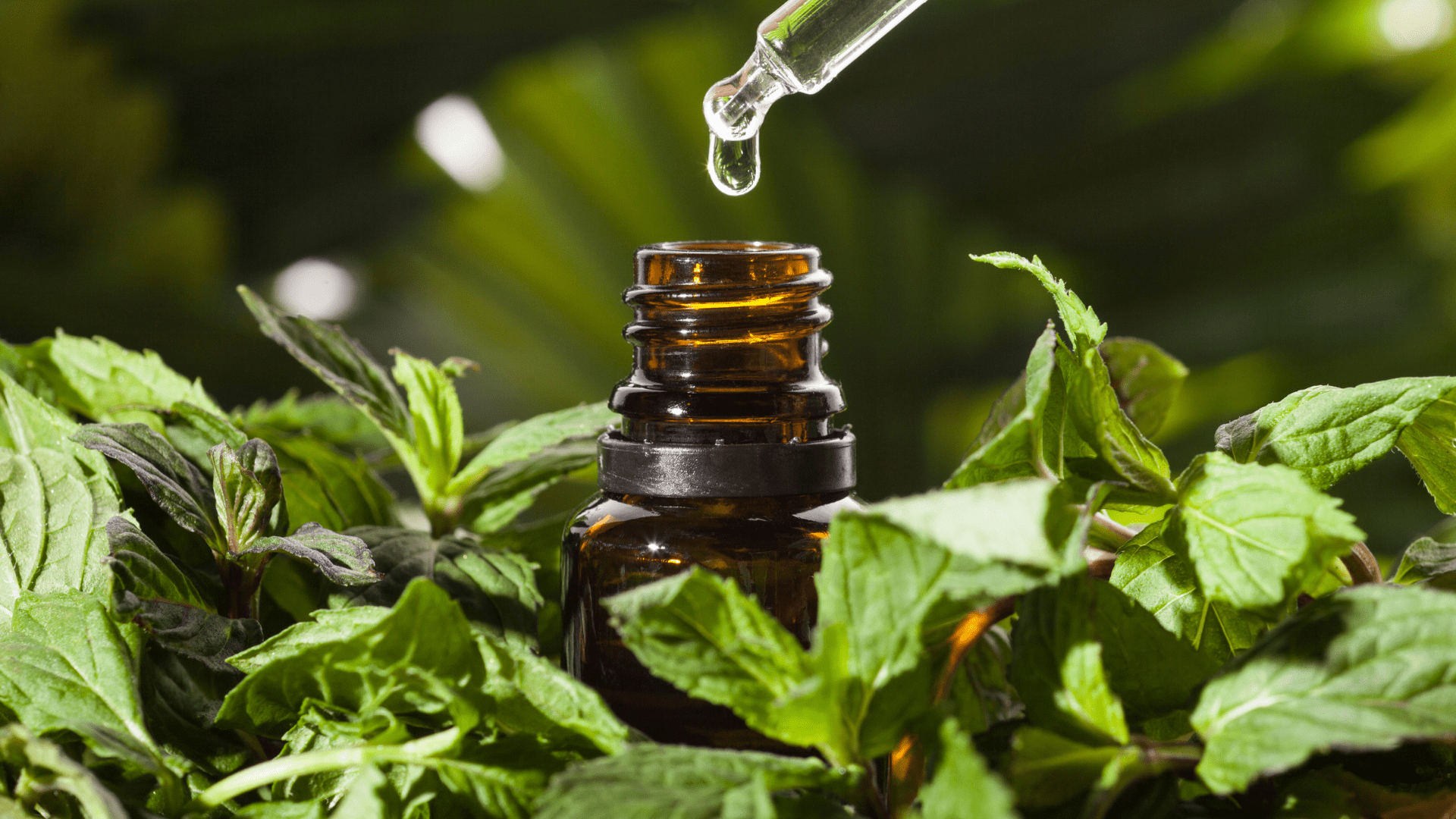Essential oils (EOs) are extracted from plants through the technique of steam dragging, the vast majority of times, and also by pressing the pericarp of citrus fruits, which in Brazil dominate the export market. They are mainly composed of mono and sesquiterpenes and phenylpropanoids, metabolites that confer their organoleptic characteristics. Flowers, leaves, bark, rhizomes, and fruits are raw materials for their production, such as the essential oils of roses, eucalyptus, cinnamon, ginger, and orange, respectively.
There is a difference between essential and functional oils. The functional ones are extracted from seeds or grains, while the essentials are extracted from the essence of the plant. The use of essentials in animal nutrition aims to improve the intestinal flora by raising zootechnical indexes.
EOs generally contain a large number of different compounds, such as terpenes, alcohols, acetones, phenols, acids, aldehydes, and esters. These substances can have a protective function against attacks by bacteria, fungi, or insects. Thus, EOs can be considered natural, complex, and multicomponent oils.
Antibacterial action
Having better results in Gram-positive bacteria due to the less complex membrane, when in contact with the bacteria, it changes the permeability of the membrane, making it difficult to transport ions and collapse the production and use of energy. The antibacterial effect of OEs increases with the low pH of the food, because the hydrophobicity of the oils increases accordingly, making them able to dissolve more easily in the cell membrane of the target bacteria.
Antioxidant
The presence of phenolic compounds in essential oils neutralizes free radicals preventing oxidative action. The oils rich in thymol and carcravol have greater antioxidant effects.
The antioxidant mechanisms of EOs are based on their ability to donate hydrogen or an electron to free radicals and their ability to displace the unpaired electron within the aromatic structure, protecting other biological molecules from oxidation.
The use of EOs as the main food or food antioxidant has been effective in several animal models or different food systems.
Some essential oils
Cinnamon: The main active ingredients are cinaladeido, eugenol, and linabol. It has antioxidant and antibacterial actions.
Oregano: It has carcravol and thymol as its main active ingredients. It has antibacterial and antifungal actions.
Thyme: It has carcravol, thymol, and geraniol. Antibacterial, antifungal, and antioxidant actions.
Although many plant species have active ingredients in common, their concentrations vary greatly from species to species, which can be mitigated with the synergistic mixture of cinnamon and oregano, for example, among other combinations.
Some technical results
KOIYAMA et al (2014), evaluated the effect of phytogenic additives on broiler diets. Four treatments plus control were tested. T1 with antibiotics and the others with mixtures of phytogenic additives. They concluded that the mixture, in the diet of broilers, of phytogenic additives based on essential oils of cinnamon, sage, white thyme, and copaiba, associated or not with the mixture of essential oils of rosemary, cloves, ginger, and oregano, can provide zootechnical performances comparable to the use of growth-promoting antibiotics.
SILVA et al (2012), concluded that the use of essential oils of quince, lemongrass, and basil can be used as an antimicrobial alternative to antibiotics to combat diarrhea in piglets, without causing loss of performance.
References:
KOIYAMA, Natália Thaís Gonçalves et al. Desempenho e rendimento de carcaça de frangos de corte alimentados com mistura de aditivos fitogênicos na dieta. Pesq. agropec. bras. 2014, vol.49, n.3. Disponível em: <http://www.scielo.br/scielo.php?script=sci_arttext&pid=S0100-204X2014000300225&lng=en&nrm=iso>. ISSN 1678-3921. https://doi.org/10.1590/S0100-204X2014000300009.
SILVA, T.R.G. et al. Inclusão de óleos essenciais como elementos fitoterapicos na dieta de suínos. Rev. bras. saúde prod. anim. 2012, vol.13, n.1, pp.181-191. Disponível em: <http://www.scielo.br/scielo.php?script=sci_arttext&pid=S1519-99402012000100016&lng=en&nrm=iso>. ISSN 1519-9940. https://doi.org/10.1590/S1519-99402012000100016.

